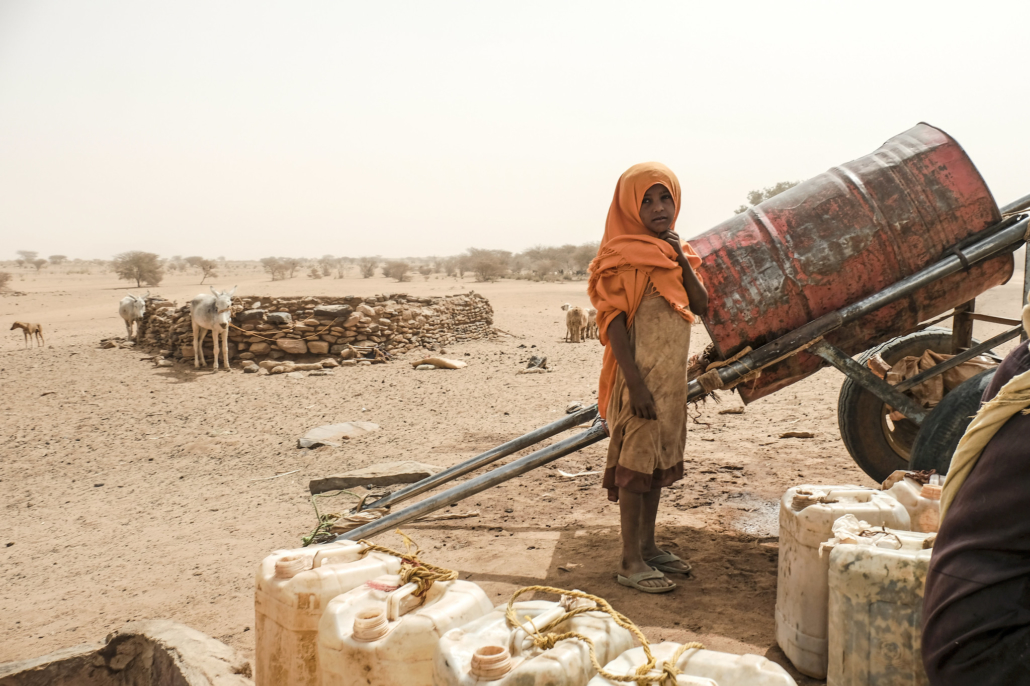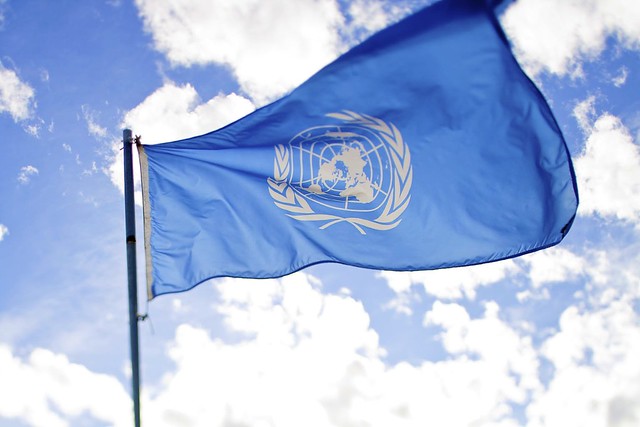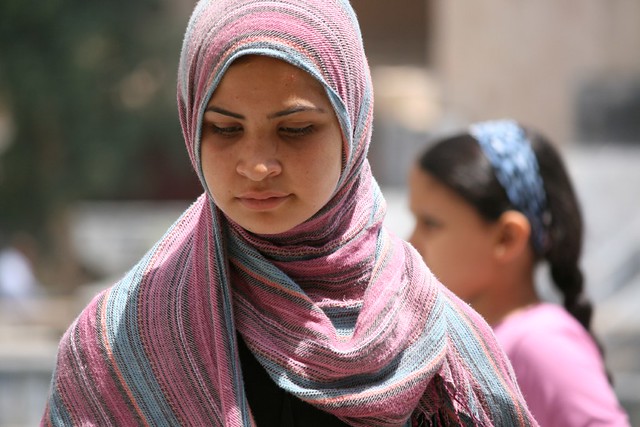
On World Children’s Day in 2018, “Stranger Things” actress Millie Bobby Brown was named a UNICEF Goodwill Ambassador, making her the youngest to hold the title at 14 years old. UNICEF, which stands for United Nations International Children’s Emergency Fund, is a nonprofit organization that has sought to provide aid for underprivileged children and protect their rights across 190 countries and territories since 1946. Brown’s role with UNICEF as an ambassador is to use her global platform to raise awareness of issues that affect youth around the world, such as lack of education, violence, poverty and bullying.
Children Taking Over for UNICEF
Before being named ambassador in 2018, Brown and UNICEF partnered in 2016 when the actress co-hosted the organization’s 70th anniversary event at the United Nations headquarters. The anniversary celebration was deemed a “children’s takeover” because it was hosted by Brown and other young celebrities who have been involved with UNICEF as well as young people who have directly benefited from the organization’s efforts. While co-hosting the event as a representative for the future of UNICEF, Brown interviewed soccer star David Beckham about his philanthropic efforts with UNICEF in his 11 years as an ambassador.
Millie Bobby Brown in Denmark
In Jan. 2019, Brown and UNICEF travelled together for the first time when the actress went to
visit the global supply headquarters in Copenhagen, Denmark. There, she assisted in assembling
early childhood development kits, which offer children in disastrous and contentious areas and living conditions a way to play and learn. The kits include art supplies, puzzles, games, books and puppets, and are given to caregivers helping in these areas. The kits are designed to be utilized by up to 50 children who are experiencing trauma and stress, and assist in creating a safe learning environment for them.
Brown also toured UNICEF’s supply and kit packing warehouse, the largest humanitarian warehouse in the world. Hundreds of necessities such as clothing and school supplies are sent from the warehouse every day to children and families in need around the world. In 2017 alone, $3.46 billion worth of supplies were sent to 150 countries in areas by UNICEF.
Collaboration Kits for a Cause
Representatives from Moncler, an Italian apparel and lifestyle brand, also accompanied Brown and UNICEF during the trip. In 2017 the Warmly Moncler project was launched in light of the collaboration between UNICEF and Moncler. The initiative provides winter survival kits containing hats, gloves, scarves, shoes, thermal blankets, socks and fuel to heat homes and schools to disadvantaged children and families in areas with harsh winter conditions worldwide. Since the collaboration was launched, over 38,000 families who live in some of the coldest countries in the world have benefited from the project.
For the future, Brown can be expected to continue to use her platform as an ambassador for
UNICEF to meet with as many children as she can, hear their stories and advocate and speak
out on their behalf.
– Cydni Payton
Photo: Wikimedia Commons
 Born into an aristocratic family in Ghana in 1939, Kofi Annan’s experience with advocacy began at a young age. His education taught him early that suffering anywhere was an issue of global concern. By the time he graduated in 1957, Ghana had achieved independence from Britain, igniting his passion for international relations. That would follow him into a lifetime of civil service, beginning at the United Nations in 1962. He served in a number of capacities during his time at the U.N., including Peacekeeping Operations during the Rwandan genocide. He eventually filled the role of Secretary-General of the United Nations Security Council in 1997.
Born into an aristocratic family in Ghana in 1939, Kofi Annan’s experience with advocacy began at a young age. His education taught him early that suffering anywhere was an issue of global concern. By the time he graduated in 1957, Ghana had achieved independence from Britain, igniting his passion for international relations. That would follow him into a lifetime of civil service, beginning at the United Nations in 1962. He served in a number of capacities during his time at the U.N., including Peacekeeping Operations during the Rwandan genocide. He eventually filled the role of Secretary-General of the United Nations Security Council in 1997.  On June 25th, the United Nations released a
On June 25th, the United Nations released a  After suffering through an extreme drought for months, Afghanistan now faces a new crisis:
After suffering through an extreme drought for months, Afghanistan now faces a new crisis:  Desertification has become a growing problem that the world faces today. It occurs on almost every continents. Millions of people are affected by this issue. The following will discuss facts about desertification, including the issues and the impact on people and their health.
Desertification has become a growing problem that the world faces today. It occurs on almost every continents. Millions of people are affected by this issue. The following will discuss facts about desertification, including the issues and the impact on people and their health. For more than 60 years, the U.S. Agency for International Development has upheld its commitment to end global poverty, providing desperately needed refugee food assistance today. USAID works in more than 100 countries. It primarily provides humanitarian assistance, promotes global health and supports global stability. All around the world, more than 25 million people face refugee crises. And among these 25 million people, more than half are young children.
For more than 60 years, the U.S. Agency for International Development has upheld its commitment to end global poverty, providing desperately needed refugee food assistance today. USAID works in more than 100 countries. It primarily provides humanitarian assistance, promotes global health and supports global stability. All around the world, more than 25 million people face refugee crises. And among these 25 million people, more than half are young children.
 While water might seem like a basic necessity, more than 650 million people worldwide lack easy access to clean water. Every year, the United Nations sponsors World Water Day. World Water Day raises awareness about global water crises, demonstrating the need for water in developing nations. Take a look at these interesting facts about how the U.N. celebrated World Water Day 2019.
While water might seem like a basic necessity, more than 650 million people worldwide lack easy access to clean water. Every year, the United Nations sponsors World Water Day. World Water Day raises awareness about global water crises, demonstrating the need for water in developing nations. Take a look at these interesting facts about how the U.N. celebrated World Water Day 2019. Over the decades, feminist literature has played a pivotal role in addressing feminism, women’s rights and other related social issues concerning women and girls. Speeches, in particular, have proved to be a powerful vehicle for social justice and mobilization and are helping to promote gender equality and freedom for women globally. There are four top speeches that exemplify the ideals that women’s rights and the importance of girls’ education stand for.
Over the decades, feminist literature has played a pivotal role in addressing feminism, women’s rights and other related social issues concerning women and girls. Speeches, in particular, have proved to be a powerful vehicle for social justice and mobilization and are helping to promote gender equality and freedom for women globally. There are four top speeches that exemplify the ideals that women’s rights and the importance of girls’ education stand for. Syria’s civil war has been raging on for eight years now. The conflict has created a huge population of 5.7 million refugees in critical need of humanitarian assistance. The resulting humanitarian crisis is one of the worst the world has seen in recent years. Several organizations are on the ground trying to provide humanitarian solutions for the victims of war in Syria.
Syria’s civil war has been raging on for eight years now. The conflict has created a huge population of 5.7 million refugees in critical need of humanitarian assistance. The resulting humanitarian crisis is one of the worst the world has seen in recent years. Several organizations are on the ground trying to provide humanitarian solutions for the victims of war in Syria.